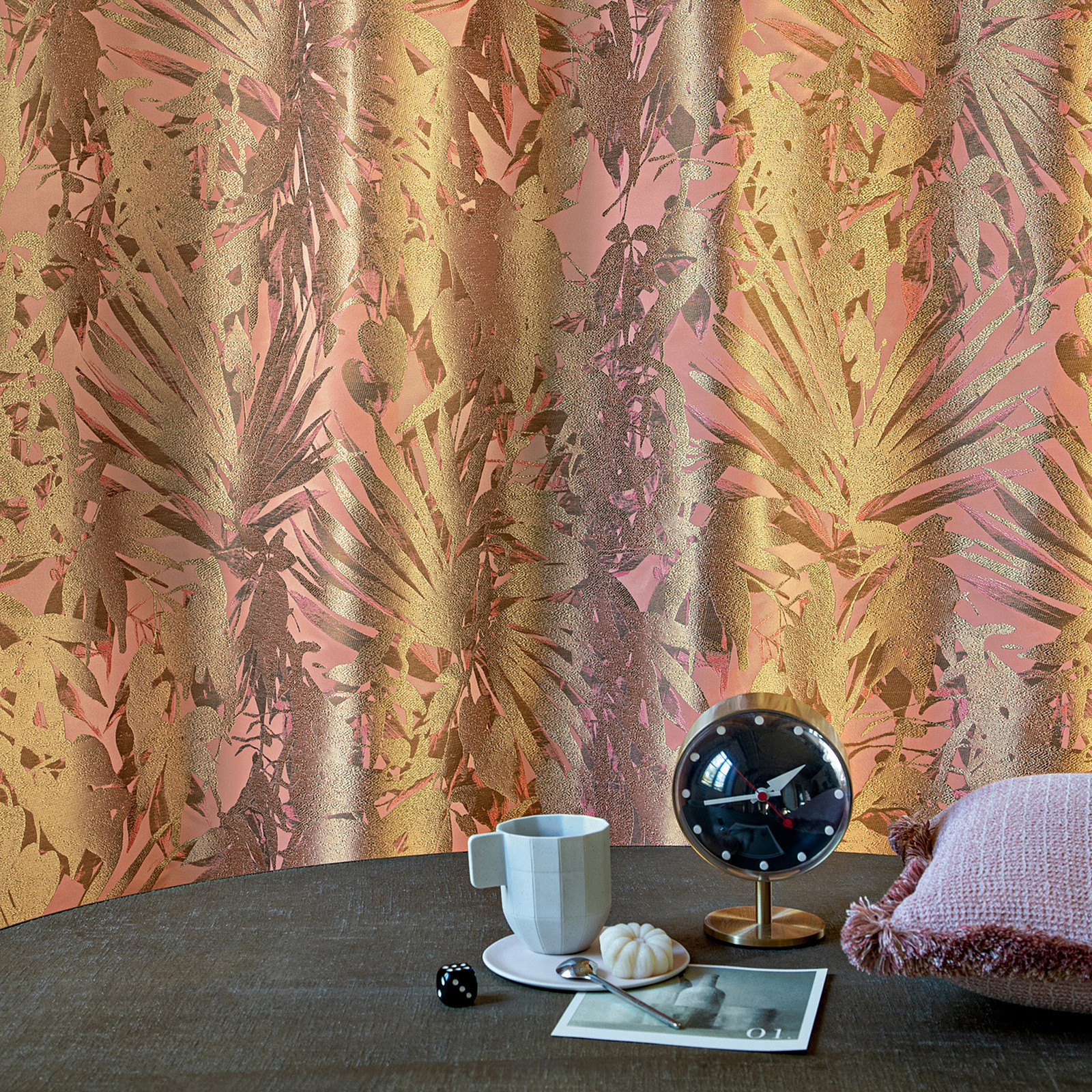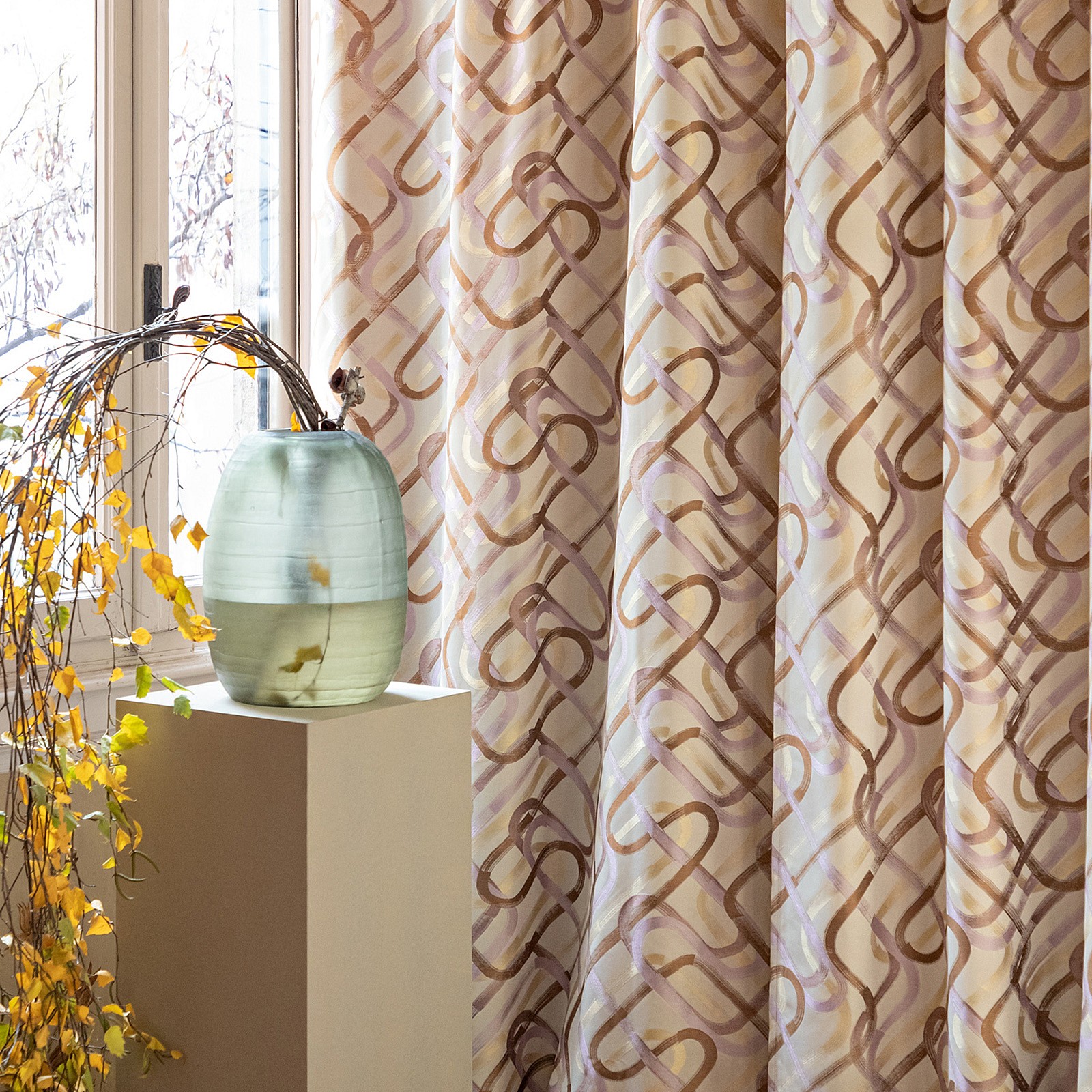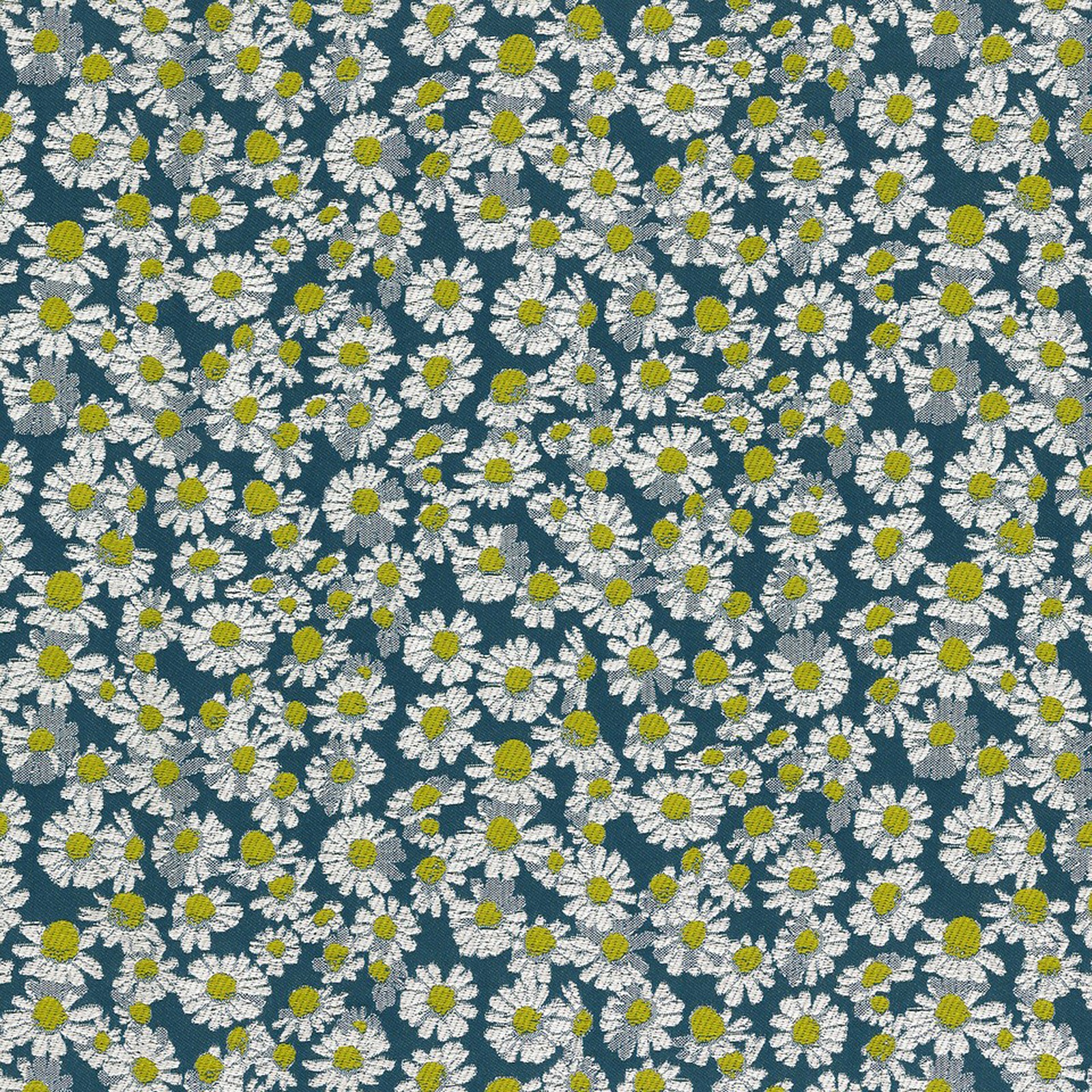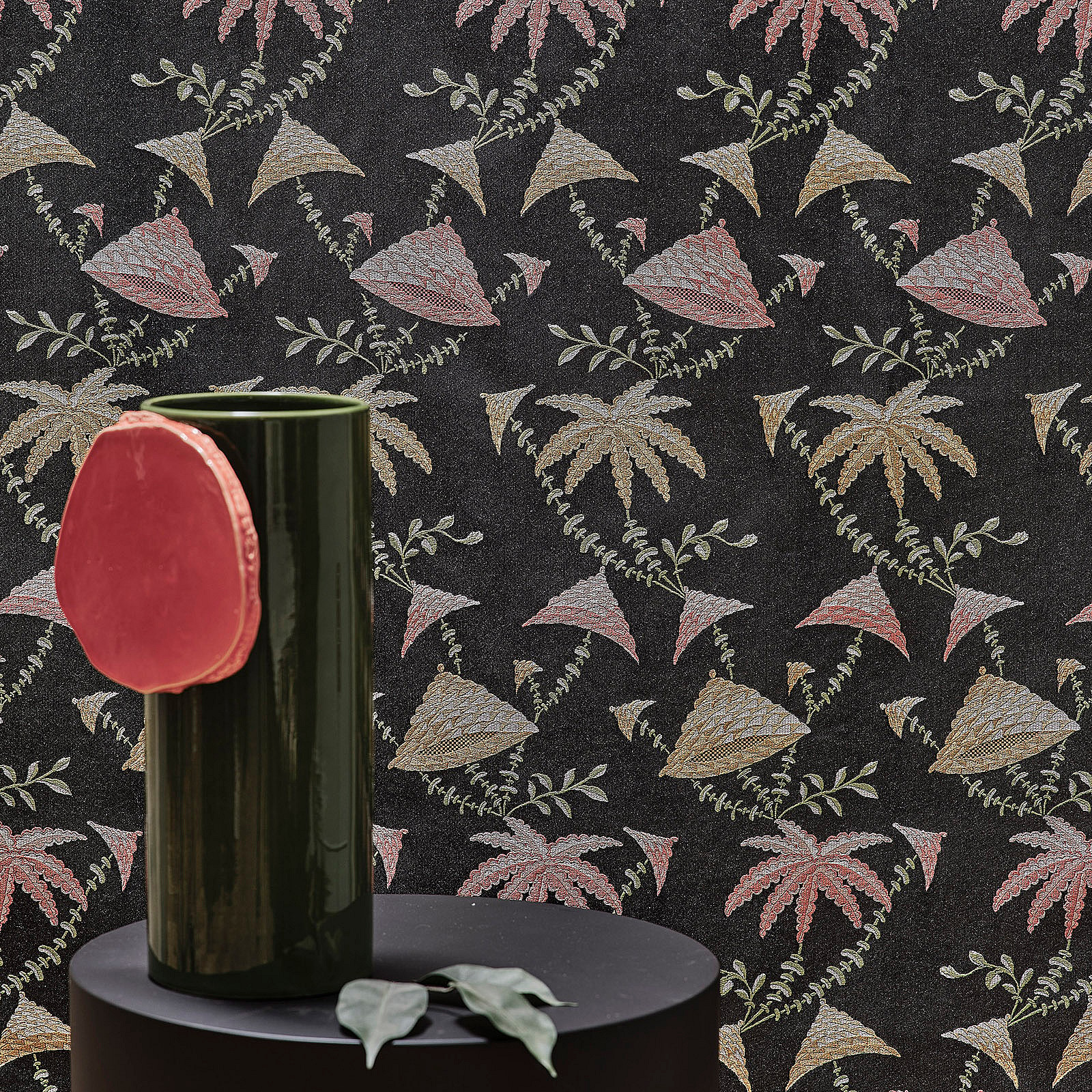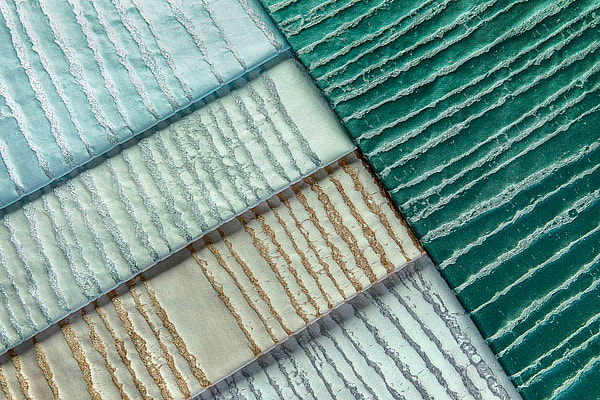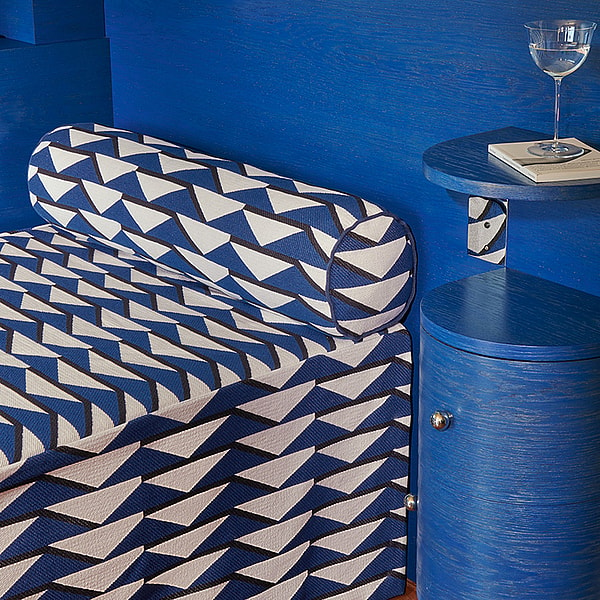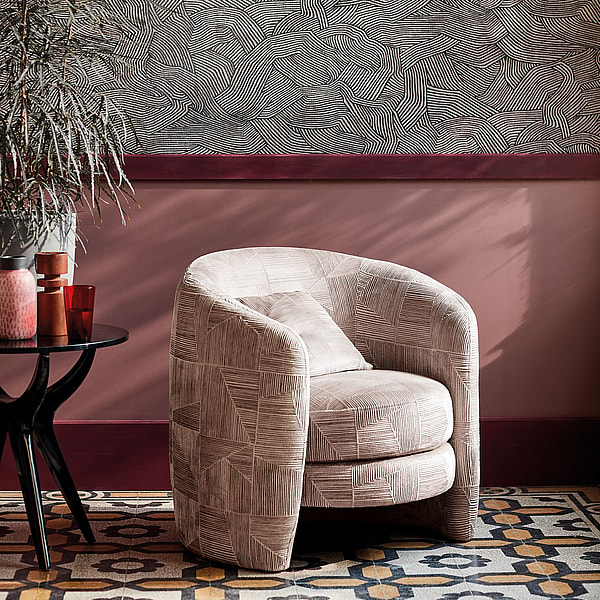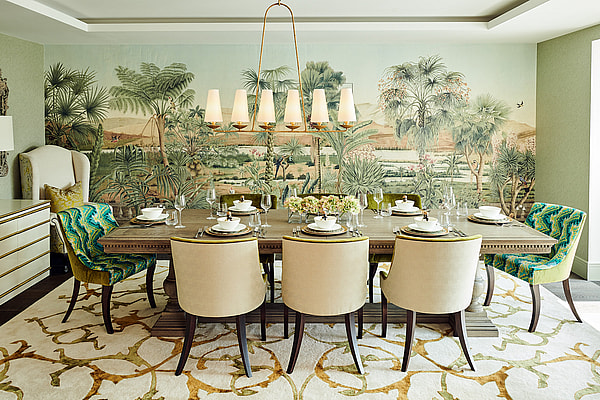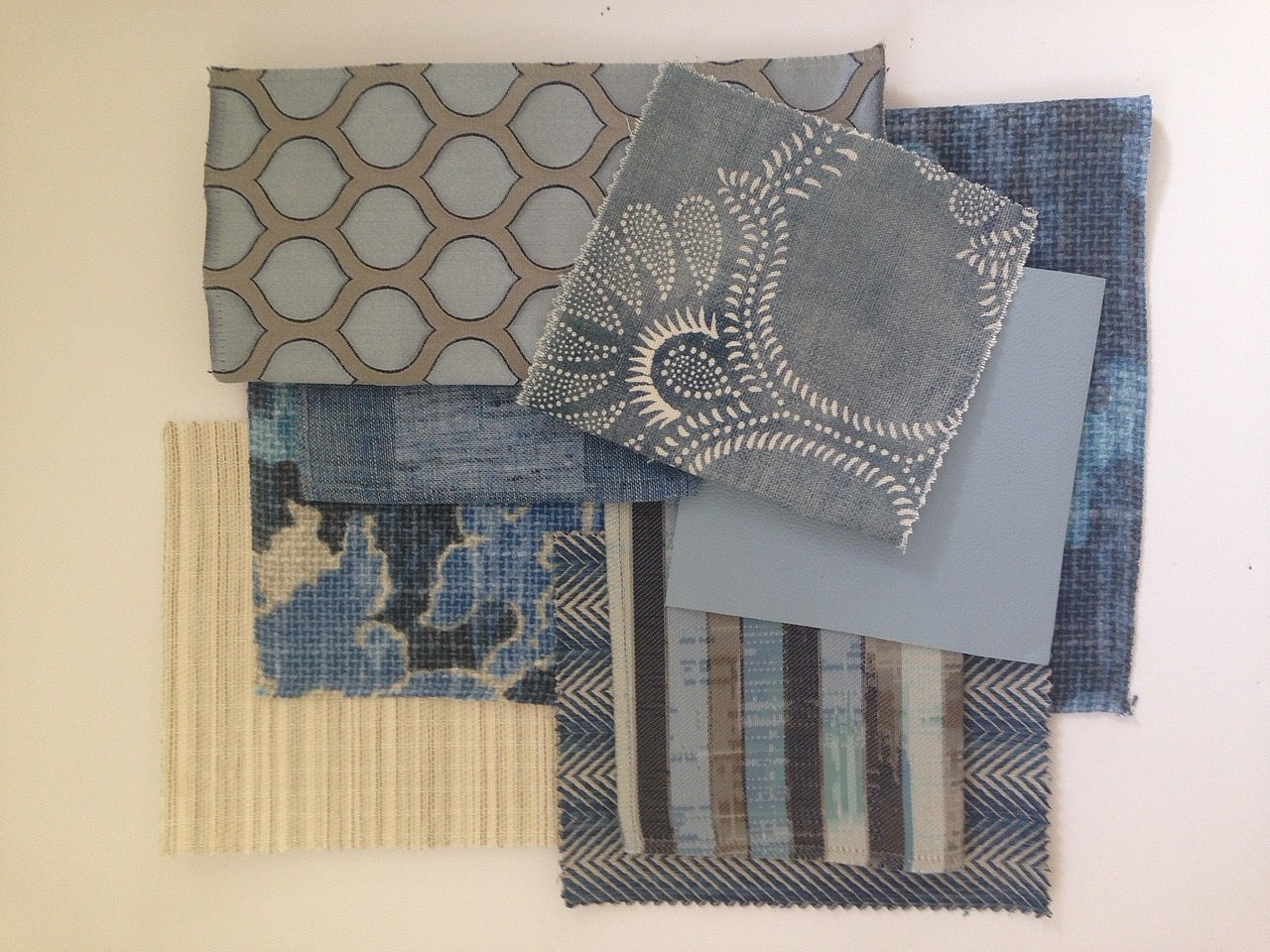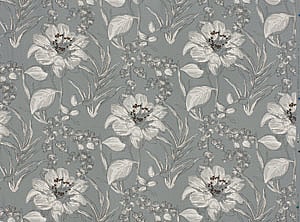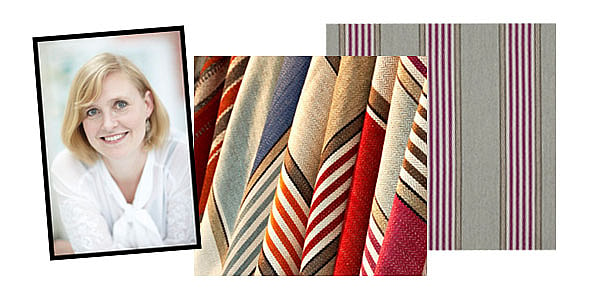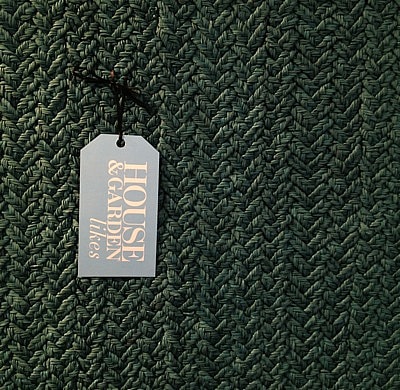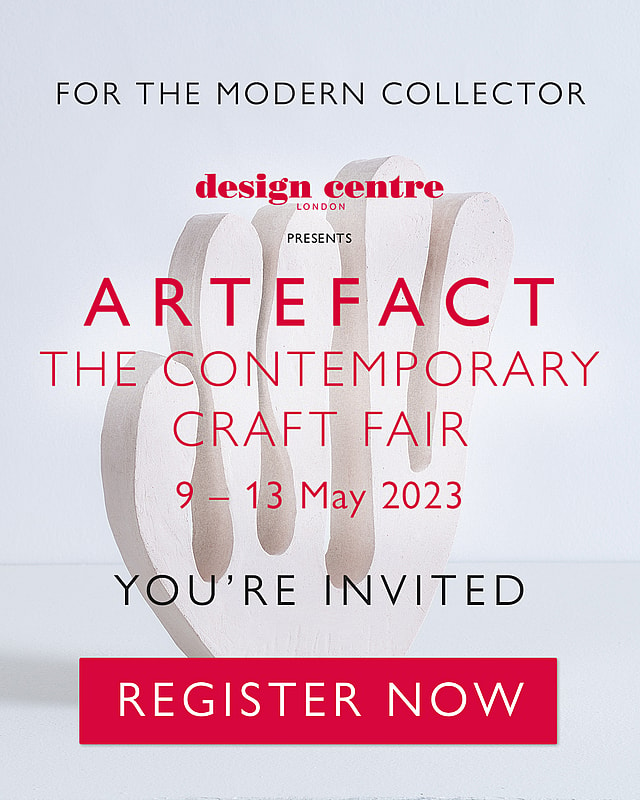The Path to Sustainability
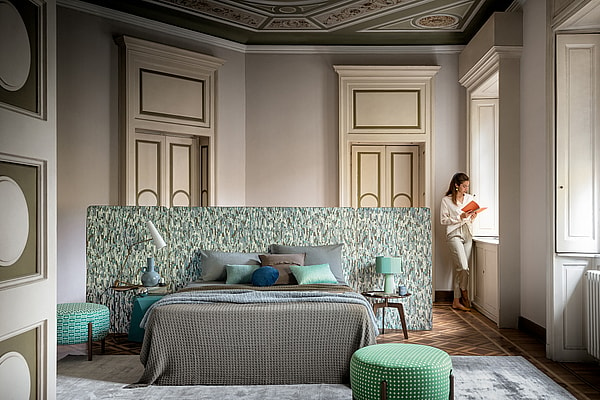
“Our vision has embraced the will to make the world a better place.” So reads Rubelli CEO Nicolò Favaretto Rubelli’s introduction to its just-released sustainability report – the first such example from the Italian decorating house, but almost certainly not the last.
While a traditional annual report tends to revolve around the bottom line, a dedicated sustainability report sees a business reflect on its efforts to make a positive impact on the world. From how products are made and what they are made from, to delivering social benefit and treating employees with respect, it’s a huge subject, but a necessary one.
Rubelli has been making some fascinating in-roads into new materials, most notably the development of yarn made from castor-seed extracts (the castor plant requires low amounts of water to thrive, and grows on marginal land, so it doesn’t take away from arable land used for food crops). Five fabrics – ‘Java’ (above left), ‘Martinique’, ‘Lollipop’ (above right),’Cuba Libre’ and ‘Vibrations’ (pictured top, on headboard) – that incorporate this material are now in the Rubelli portfolio, their exuberant colour and pattern helping reverse the notion that eco fabrics need to be plain and neutral.
A waste recovery project has seen further innovation. Production waste from the looms (which would otherwise be discarded) is compacted and blended with virgin threads, which allows a new yarn to be spun. Current fabrics woven using these threads include ‘Camilla’ (above left) and ‘Gulliver’ (above right), and, building on this, three more will launch in spring 2023, ‘Neptune’, ‘Saturno’ and ‘Jupiter’.
Responsibility to the environment is just one strand of many when it comes to sustainability, and the report has a palpable human dimension, too. It details how Rubelli has worked with local communities to promote the cultural heritage of its home city, Venice, which includes donating fabrics schools and Venice’s prison, so that they could be used for art projects; and also supplying fabrics for artistic programmes at the Venice Biennale’s Children’s Carnival.
The entire document can be read here, With interior designers eager to make their own practices more sustainable, reports such as this provide the transparent information they need to make informed decisions. As this report succinctly states: “We are what we do”.


